This trinity of Chinese temples is arguably the most revered of its kind in Kuching if only because they are the oldest. They are also among the most visited by tourists due to their dominant presence along Carpenter Street and Temple Street. In no particular order, they are Siew San Teng Temple ( the Tua Pek Kong temple), the Hong San Si Templeand the Hiang Thian Siang Ti Temple.
Siew San Teng Temple (Tua Pek Kong Temple)
Popularly known as the Tua Pek Kong Temple to the locals, this is the grandaddy of all Chinese temples in Kuching. Even its name literally translated as “Great Grand Uncle”. Standing regally on a small hillock overlooking the Kuching Waterfront and the Sarawak River, its location is the epitome of a good fung shui. An officially-looking plaque nearby the temple describes its existence by 1770, however more accurate account marks 1823 as the year it was built. Records also indicated that in its early years the temple was twice burnt down and rebuilt, this was perhaps the reason why the date of its construction was obscured.
From the street below, the temple’s red coloured circular rampart sports garish bas-relief of many Chinese dragons, while the entrance also has bas-relief of fierce looking door gods standing guard. There is also a myriad of characters from the Chinese mythology etched on the wall of the temple, some of which make very interesting study.
The main hall of the temple is dominated by an altar with the statue of the temple’s namesake, with his wispy white beard, sitting grandly and gazing sagely at all who enter into his sanctum. Offerings of food and fruits are sometime found on the table in front of the altar by devotees seeking favours, which they do by holding up smouldering joss sticks with both hands and bowing solemnly to the statue.
The outer court has a large urn into which used joss-sticks are stuck and left smouldering. This is an open area and commands a nice view of the swirling traffic below and the serenity of the Sarawak River beyond, with the new and imposing State Legislative Building as the back drop – very impressive!
The Hong San Si Temple
According to the temple’s brochure, this temple was already in existence by the year 1848, which means it could have been built earlier. It is located at the junction of Ewe Hai Street and Wayang Street, an enclave of Kuching’s old quarter with many old shophouses. What this temple lacks in size and good fung shui, it makes up by its jaw-dropping ornate roof. Dragons, phoenixes and other mythical animals seem to dance and prance on the narrow ridges and edges of its curve roofs and eaves with little room to spare. On careful scrutiny, each and every one of the intricate figurine on the roof is a work of art in itself.
The host deity of this temple was a mortal by the name of Kuo Chung Fook (born AD923), a native of Southern Fujian province of China from which the local Hokkien clan originated, and upon attaining deity status, was named Kong Teck Choon Ong. (A close analogy would be to call this deity the “patron saint” of the Hokkien people). This deity, as seen from his statue in the inner alter, seems rather young and has a reddish complexion.
Like most Chinese temples, the layout of this temple has an outer and inner court. In the former, a large urn with billowing joss sticks fill the air with smokes while in the inner court, devotees kneel respectfully in worship towards the inner sanctum where statues of the gods sits in the ornate altar. Nearby there is a wet area where small live tortoises are kept and release traditionally on auspicious occasions.
Like most Chinese deities, Kong Teck Choon Ong has a birthday which is celebrated with zest by this temple’s devotees. Annually on this day, the 22nd day of the 2nd lunar month, a grand offering ceremony is held at the temple in conjunction with a night parade. This is usually a colourful float procession of different group (often invited troupes from other temples) in their respective uniforms and also some costumed devotees depicting characters of Chinese mythology. Sometimes a devotee or a medium might be carried on ceremonial chair and shuddering in trance-like movement. Often they have sharp skewers piercing through their cheeks, or sitting on sharp swords’ edges. Finally there is the performance of Chinese opera every night for one week on the temple ground across the street, the atmosphere is definitely one of a joyous carnival! All first timers should not miss the chance to view this memorable spectacle if they are in Kuching around that time!
Hiang Thian Siang Ti Temple
Kuching town in the 1800s had two major Chinese dialect groups, the Hokkien and the Teochew, who are from Southern Fujian and Guandong provinces respectively. Both are mostly merchants and tradesmen as compared to the rural based Hakka who are mostly farmers and miners. The Teochews built this temple at the present site in 1863 along Carpenter Street, sandwiched between commercial shophouses.
It was razed by fire and rebuilt in 1889. In 1968 it underwent a major renovation and assume its present facade till today. The 4th day of the 12th lunar month is the commemorative date for this temple and every year, a grand procession is held along Carpenter Street with devotees gaily dressed in period costumes and other uniforms.
This is the smallest of the three temples, but it has no lack of imposing sights. From the outside, the facade is the typical Chinese temple with curve roofs and ornate figurines adorning it. The entrance and walls are also decorated with elaborate painting and carving of mythical characters and animals. As usual, a burning urn in front hold the offered joss sticks billowing smokes everywhere.
On entering the small inner courtyard, more ornate paintings and bas-relief sculptures can be seen. Stepping further in, one can see the inner sanctum of the temple with its altar and the deity in the solemn interior. Then there is the amazing rafters above the worship area elaborately crisscrossing and boldly painted in red, with the fine Chinese calligraphy depicting the name of the temple in bold strokes.
There are probably two dozen Chinese temples in and around Kuching, of varying sizes and origin and genre, some of which are many times larger than the ones mentioned. It would probably take a couple of weeks to cover all. Among the famous ones are the Ching San Yen at Muara Tebas, a century old temple worshipped by many fishermen and seafarers, the Kuan Yin temple in Tabuan Road devoted to the Goddess of Mercy Guanyin and many more.
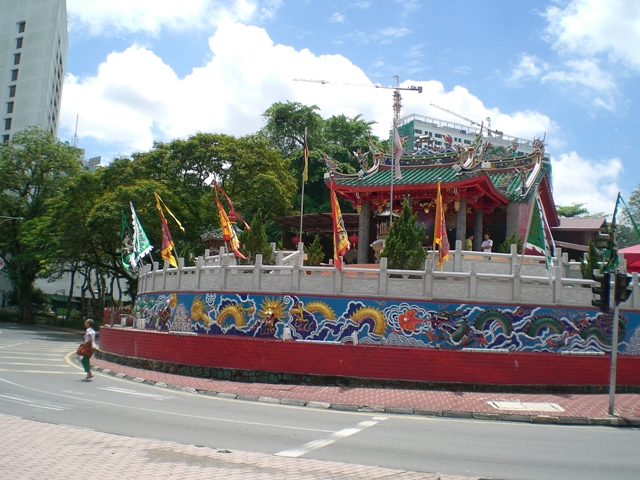
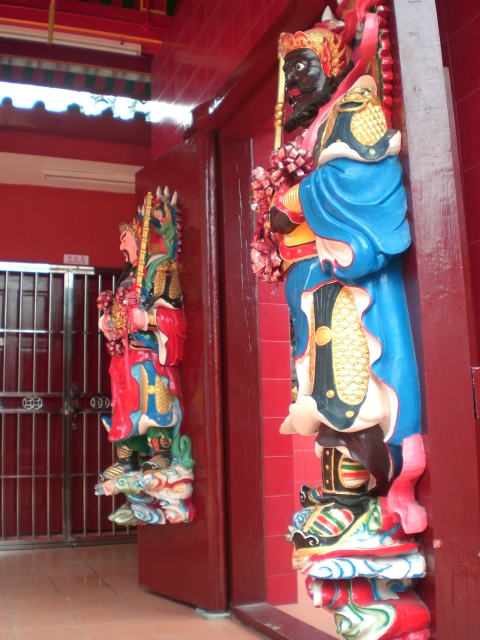
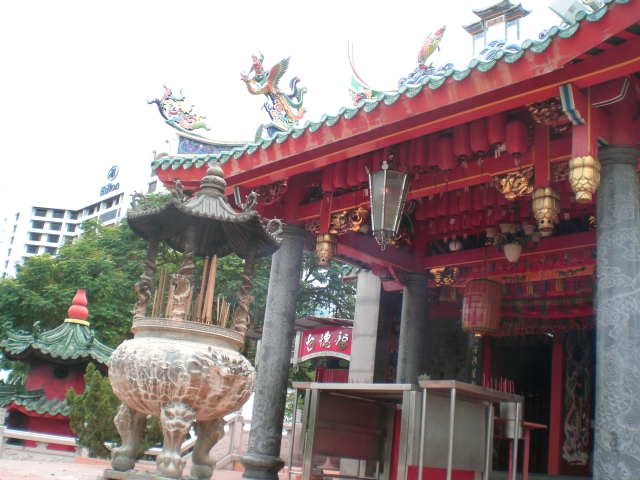
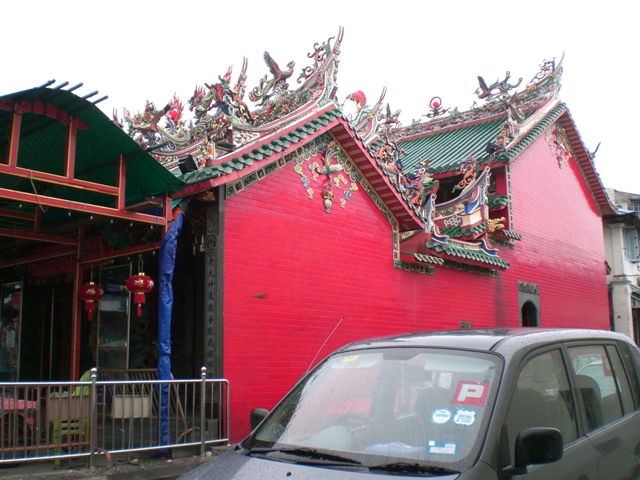
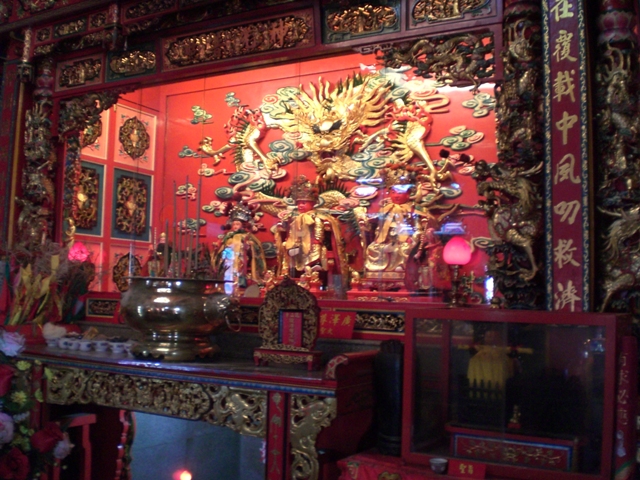
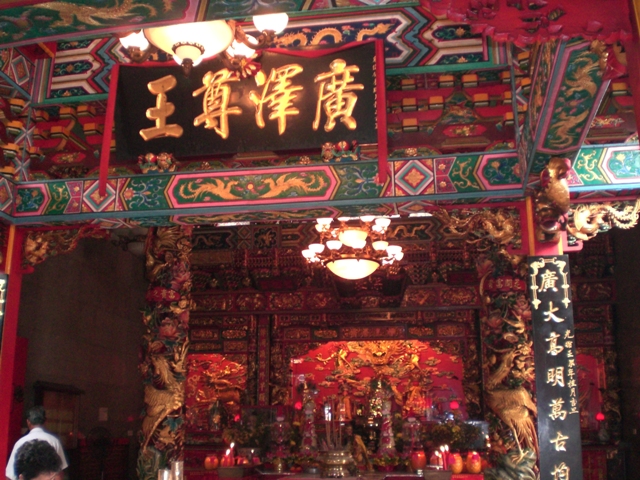
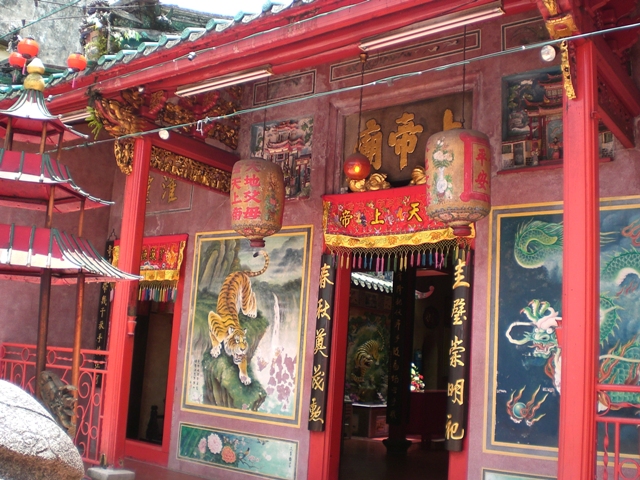
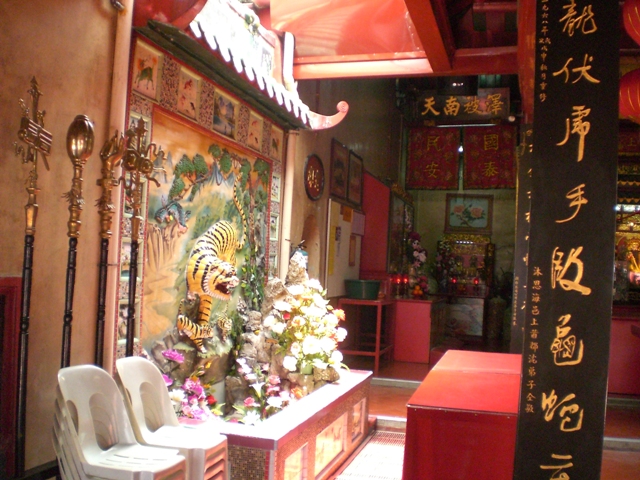
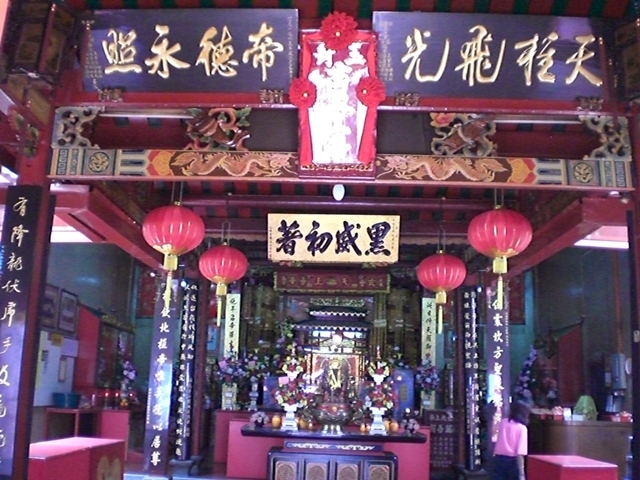














I look forward to reading more of your articles and posts in the future, so I’ve bookmarked your blog. When I see good quality content, I like to share it with others. So I’ve created a backlink to your site. Thank you!…
My blog is Travel Tips.